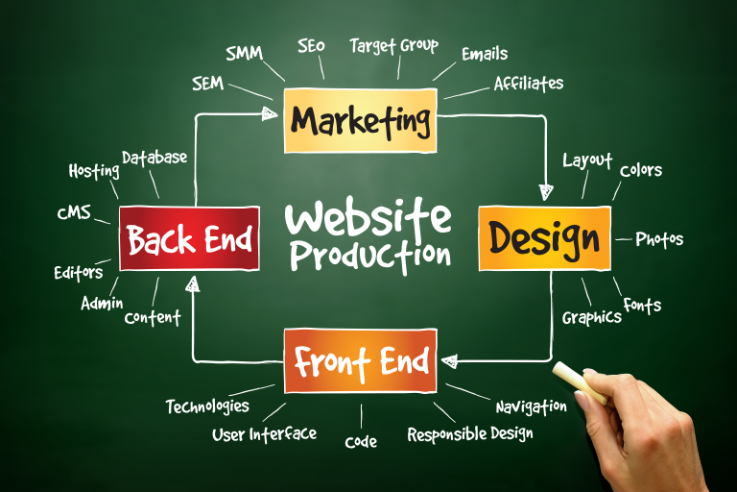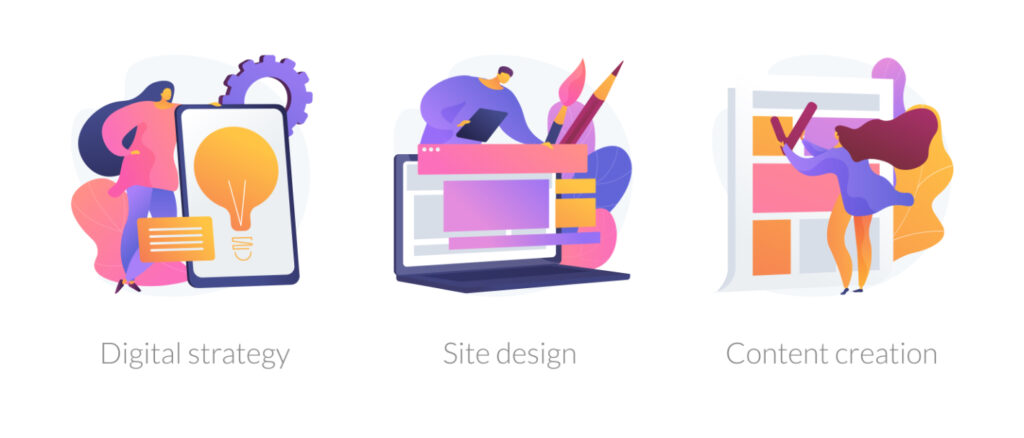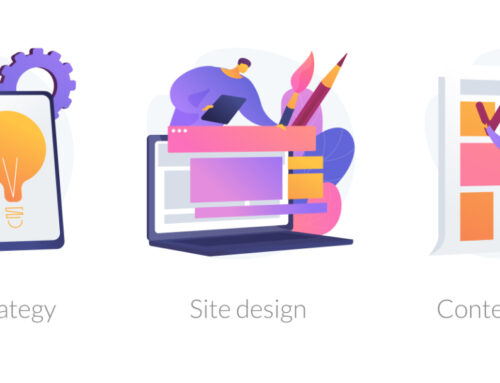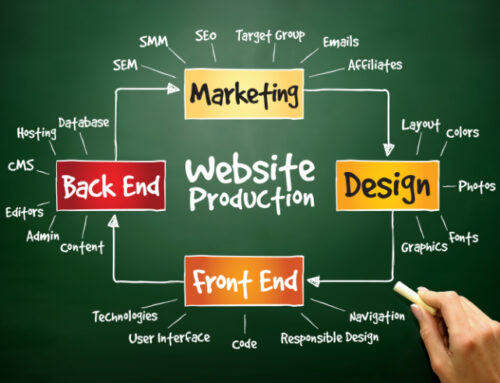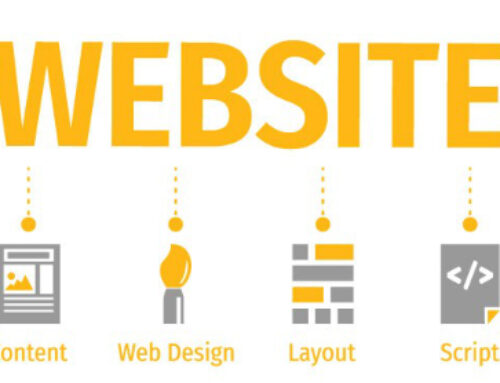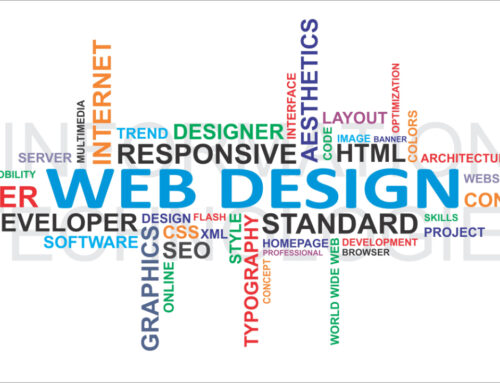
What's the Difference Between UX and UI Design? While closely related, user experience (UX) and user interface (UI) are distinct design aspects. User experience (UX) refers to a user's overall experience and satisfaction when interacting with a product or service. It encompasses factors such as usability, accessibility, and the emotional response elicited from the user. On the other hand, user interface (UI) focuses on the visual and interactive elements of a product or service, including the layout, typography, colors, and navigation. Both UX and UI play crucial roles in creating intuitive and engaging user experiences, ensuring that design meets functionality in the most effective way possible. User Experience (UX): User Experience (UX) encompasses a user's overall experience with a product or service. It goes beyond just functionality; it involves a deep understanding of users' needs, behaviors, and emotions. By considering these aspects, UX designers aim to create [...]
What’s the Difference Between UX and UI Design?
While closely related, user experience (UX) and user interface (UI) are distinct design aspects. User experience (UX) refers to a user’s overall experience and satisfaction when interacting with a product or service. It encompasses factors such as usability, accessibility, and the emotional response elicited from the user. On the other hand, user interface (UI) focuses on the visual and interactive elements of a product or service, including the layout, typography, colors, and navigation. Both UX and UI play crucial roles in creating intuitive and engaging user experiences, ensuring that design meets functionality in the most effective way possible.
User Experience (UX):
User Experience (UX) encompasses a user’s overall experience with a product or service. It goes beyond just functionality; it involves a deep understanding of users’ needs, behaviors, and emotions. By considering these aspects, UX designers aim to create products that meet users’ functional requirements and provide a positive and meaningful experience, leaving a lasting impression. Through thoughtful research, testing, and iteration, UX designers strive to ensure that every interaction with the product or service is intuitive, seamless, and delightful, ultimately enhancing user satisfaction and loyalty.
User Interface (UI):
On the other hand, UI focuses on a product’s visual elements and interactive aspects. It includes the design of buttons, icons, colors, typography, and other visual elements that users interact with. UI design aims to create an aesthetically pleasing and user-friendly interface.
In essence, UX is about the holistic experience, while UI is about the specific design of the interface. Both are crucial for creating compelling and enjoyable digital products. When discussing web design, it’s common to address both UX and UI considerations to ensure a comprehensive and user-centric approach.
Incorporating UI and UX principles across every website component is crucial for creating a well-rounded and practical design. Whether it’s the layout, color scheme, typography, or interactive elements, applying UI principles ensures a visually appealing and user-friendly interface. Simultaneously, integrating UX principles into the overall design process ensures that users have a positive, seamless, and meaningful experience while navigating the website. By considering both UI and UX for each component, web designers can create websites that look great, function intuitively, and meet the needs of their target audience.
Various UX (User Experience) and UI (User Interface) design components contribute to creating an effective and user-friendly website. Here are the key elements:
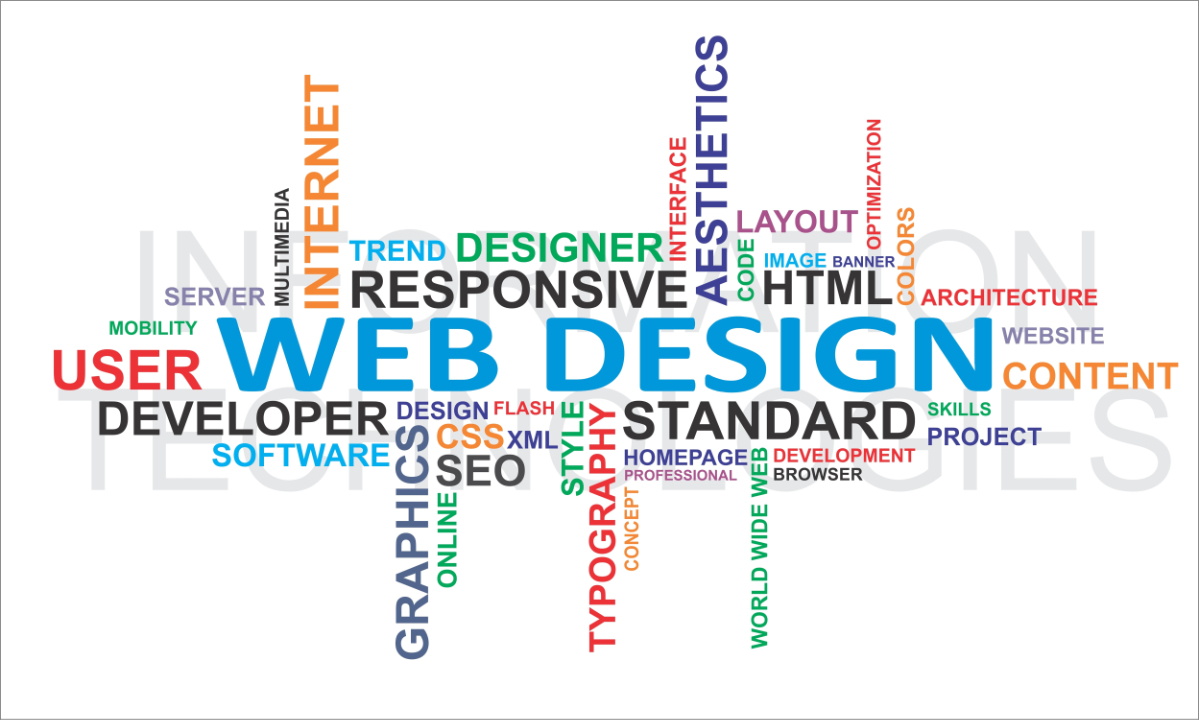
Navigation:
Effective website design is all about creating an efficient user experience. With UX/UI design and SEO in mind, savvy web designers have created intuitive menu structures and navigation bars to help users access different site sections quickly. A well-designed navigation bar allows quick and easy access to critical information, strengthening the overall user experience and improving website engagement. These design elements can help make a website more user-friendly and visually appealing to customers through an intelligent combination of text, graphics, and color. Whether you're a small business owner or a large corporation, an optimized website is key to attracting and retaining users.

Header:
Regarding UX/UI web design, there are a few key elements you need to pay attention to. One is the website's header, which typically includes essential features like the logo, main navigation, and sometimes even contact information. Getting this part of your design right can make all the difference in user engagement and search engine optimization (SEO). After all, it's often the first thing visitors see when they land on your site, and it helps guide them through your content and products. To make sure your header is up to snuff, focus on things like navigation, links, and color theory, all of which can go a long way toward making your site visually appealing and easy to use.
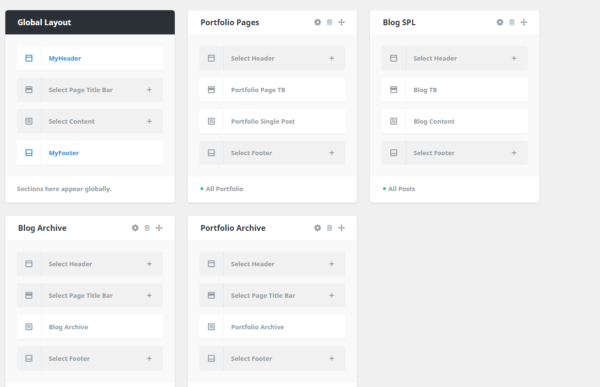
Footer:
A website's user experience (UX) and interface (UI) directly affect its SEO rankings and user engagement success. The footer is a crucial but often overlooked aspect of a website's design. A well-designed footer can enhance navigation, provide additional links, and display contact details and copyright information. But, perhaps most importantly, site policies such as privacy policy can be located here. While the footer may be a less visually appealing website area, it is vital in improving usability and ensuring compliance with relevant regulations. A strong footer can make all the difference between a frustrating user experience and a seamless one.

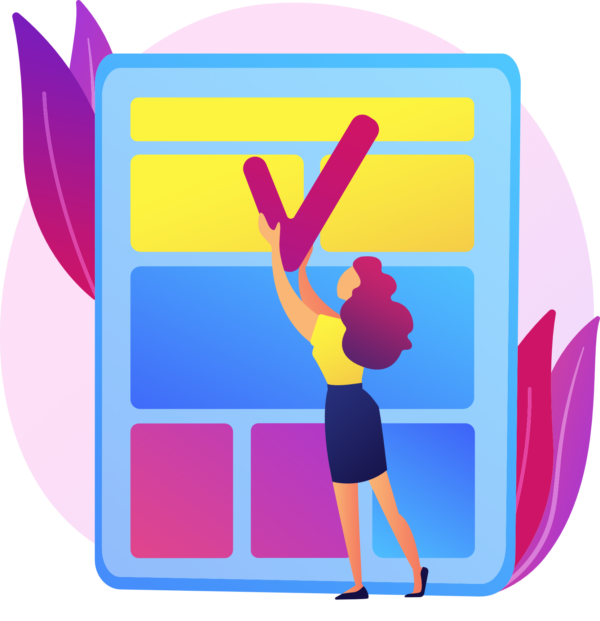
Content Area:
When it comes to website design, one of the most important aspects is creating an engaging user experience (UX) and a visually appealing user interface (UI). A well-designed website looks good and plays a significant role in improving search engine optimization (SEO). From images to graphs, every element on a website should be carefully considered to support the overall design and functionality. One important factor to pay attention to is h-titles, or headings, which help break up text and make it easier to read. These factors combine to create a website that effectively presents the primary information, articles, and products.
Typography:
Typography is crucial for a successful UX/UI web design, and it's not just about choosing a pretty font. Consistent and readable font choices for headings, paragraphs, and other text elements can significantly impact how users interact with your website. Not only will it improve SEO, but it also enhances the overall aesthetic of your page content. Titles and body copy should be legible and easy to read while also complementing the overall style of your website. Copywriting should be strategic, using the correct font size, spacing, and color to guide users through your content. So, the next time you're creating or revamping your website, consider the power of typography.
Color Scheme:
When it comes to UX/UI web design, having a cohesive and visually pleasing color palette is crucial. Not only does it align with the brand identity, but it also plays a significant role in the website's SEO. In addition to color, typography is an essential element that can make or break the website's overall design. Choosing the correct titles and body copy font can significantly impact the user's experience. However, copywriting and page content are equally important in driving traffic and retaining users. By paying attention to these crucial aspects of web design, you can create a website that looks great and performs exceptionally well.
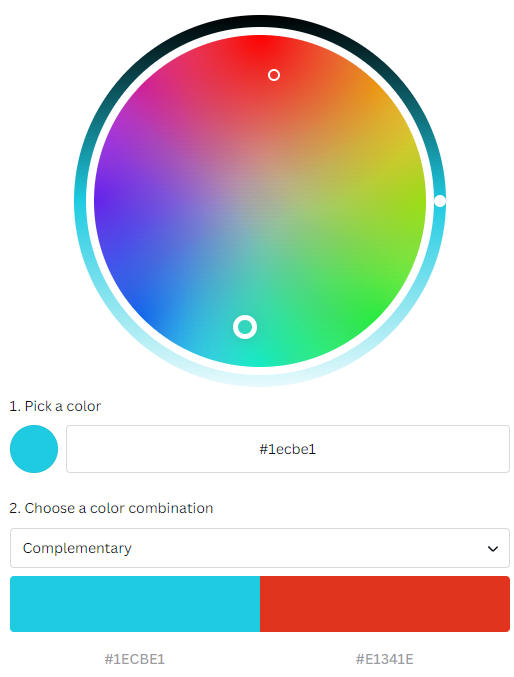
Images and Multimedia:
In the UX/UI web design world, visuals create a captivating and engaging user experience. High-quality visuals, photos, and multimedia elements enhance the overall design and tell a brand's story. However, it's essential to remember the importance of SEO when incorporating these elements. Finding the right balance between aesthetics and functionality can significantly impact a site's ranking on search engine result pages. Therefore, incorporating SEO practices while designing a website with impressive visuals can boost a brand's online visibility and drive more traffic.
Forms:
In the world of web design, creating user-friendly forms is crucial to ensure the successful completion of actions such as contact submissions, sign-ups, or purchases. The combination of UX and UI design can make or break a user's experience, determining whether they will leave the website satisfied or frustrated. Not only does a well-designed form improve user satisfaction, but it can also affect a website's SEO. Search engines factor in user experience metrics when ranking sites, so optimizing forms can ultimately lead to better search engine rankings and increased traffic. So, whether you want to improve user experience or boost SEO, incorporating user-friendly forms into your web design is necessary.
Buttons and Calls-to-Action (CTAs):
In the ever-changing world of web design, the user experience and interface remain at the forefront of design considerations. One of the most important aspects of UX/UI web design involves using clearly defined buttons and CTAs to guide users to take specific actions. These elements serve as visual signposts, leading users towards the goals and objectives that designers establish for their websites. Without them, users may feel lost and disorientated, unsure of what actions to take. Additionally, the use of well-designed buttons and CTAs can even improve a website's SEO, allowing search engines to better understand the content and purpose of each page. All in all, incorporating thoughtful and strategic button and CTA design is crucial for any web designer who wants to create a user-friendly and effective website.
Responsive Design:
Making sure that your website works well on any device or screen size is crucial in the world of web design. Not only does this improve user experience (UX) and user interface (UI) for your visitors, it also boosts your search engine optimization (SEO) efforts. A responsive web design is the key to achieving this, as it allows for your website to adapt to any device or screen size seamlessly. Don't miss out on potential traffic and profits by neglecting the importance of responsive web design. Make it a top priority for your website.
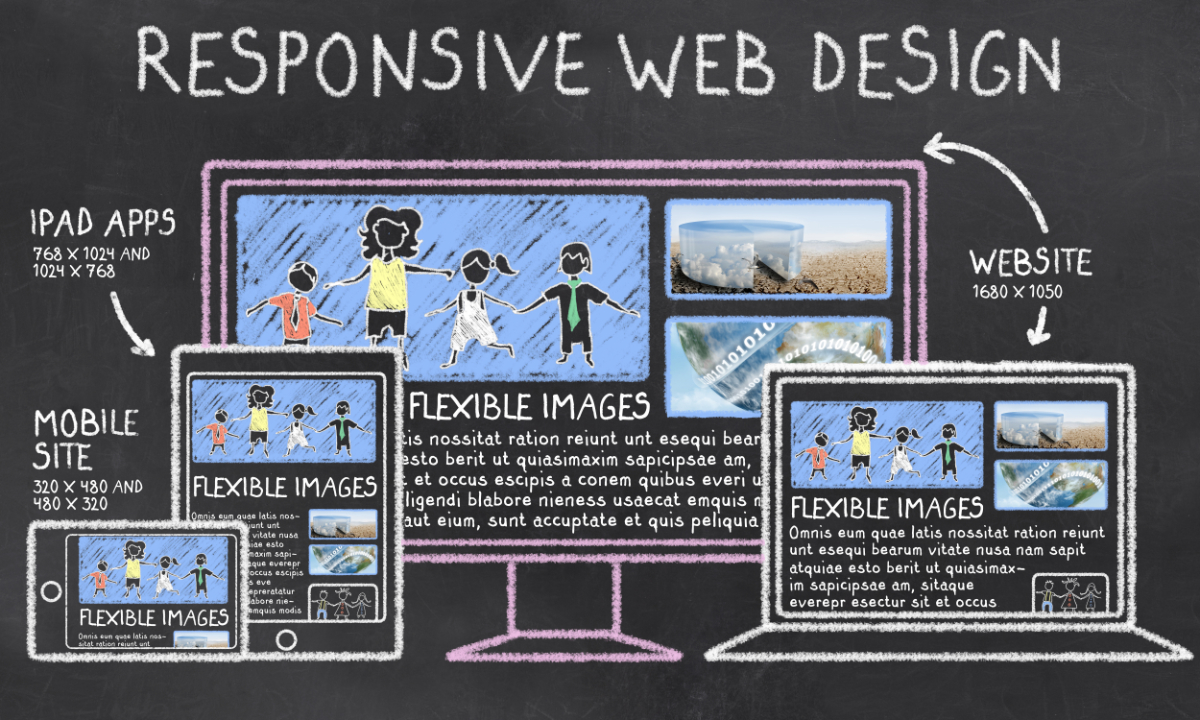
Feedback and Confirmation:
In today's fast-paced digital world, user experience and engagement have become critical aspects of web design, where feedback and confirmation play a vital role. Providing feedback for user actions, such as successful form submissions or error messages, can drastically improve the user's experience on a website and increase its navigation. Feedback is not just a matter of good design, but it is often critical in enhancing user experience and SEO. Without proper confirmation UX/UI, users may get frustrated, confused, and bounce from the website, affecting SEO rankings and overall business metrics. Therefore, website owners must prioritize incorporating effective feedback systems that align with the business's goals and improve the user experience.

Search Functionality:
Navigating through a website can sometimes be like finding a needle in a haystack. But that's where search functionality comes in. A search bar allows users to quickly find specific content within the site, making their user experience seamless and efficient. Not only does a search bar benefit the user, it also adds value to the UX/UI web design as a whole. But it doesn't stop there; incorporating a search bar can also improve a website's SEO, ultimately increasing traffic and visibility. So, whether you're a user looking for specific information or a website owner looking to improve website performance, a search bar is a valuable tool to have.

Loading Animations/Indicators:
In the ever-evolving world of UX/UI web design, loading animations and indicators have become crucial elements to consider. These dynamic visual cues not only enhance the user's experience but also play a vital role in improving the website's SEO. By indicating the progress of a page's loading time, it helps maintain the user's attention and reduces the chances of them navigating away out of frustration. Therefore, implementing engaging loading animations and indicators is just as important as any other design element and could be the game-changer you need to create a successful web presence.
Social Media Integration:
In today's fast-paced digital world, social media integration has become an essential aspect of UX/UI web design. Links and embedded feeds connecting websites to social media platforms have become an indispensable tool in engaging with customers and enhancing brand visibility. The seamless integration of Twitter, Facebook, Instagram, and other social media platforms into websites allows businesses to connect with their target audience in a more meaningful way. Not only does social media integration improve the overall user experience, but it also has a significant impact on SEO. By integrating social media into a website, businesses can improve their search engine rankings and achieve a more prominent online presence. As such, social media integration has become the go-to solution for businesses looking to establish an online presence, build brand awareness, and drive traffic to their website.
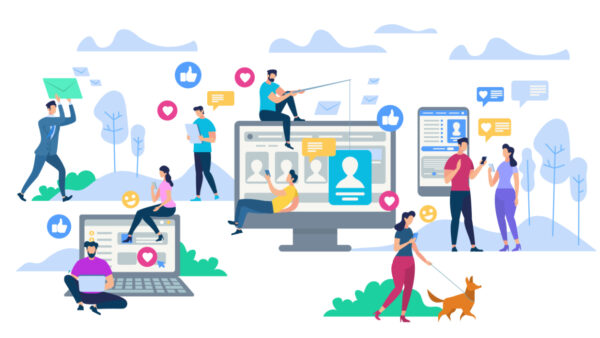
Accessibility Features:
When it comes to designing digital content, it's important to consider all audiences. And this includes those with disabilities. By incorporating accessibility features into the UX/UI web design, we ensure that all users can easily access and navigate our content. From using alt text for images to labeling form fields, every aspect of our design should be tailored to accommodate those who may have difficulty seeing, hearing, or moving. And not only does designing for accessibility improve the user experience for those with disabilities, but it can also boost SEO and broaden our audience even further. Overall, prioritizing accessibility in our design ensures that everyone has an equal opportunity to engage with and enjoy the content we produce.

Login/Authentication:
In modern times, the online world has become a critical part of our daily lives. Whether it's to access social media accounts or to check bank transactions, we require secure and user-friendly login systems. Such login and authentication systems act as a gateway between users and their online data and are quite crucial in terms of data privacy and security. It is essential, however, that they not compromise ease-of-access when designing UX/UI web design. A user-friendly login portal ensures that the login process is as smooth as possible, thereby reducing the risk of users abandoning the website. Furthermore, a login system is also an important aspect of SEO; by having a secure and well-designed login system, websites can generate organic searches, enhancing its ranking and user trust in the process.

Error Handling:
Error handling and clear messages are crucial in UX/UI web design. These features help to guide users when issues arise, ensuring that they aren't left feeling frustrated or abandoned. The last thing you want is for users to leave your website or app due to confusing error messages. You can enhance your website's SEO by utilizing clear language that speaks directly to users about any issues they might encounter. By doing so, you're indicating to search engines that your page has high-quality, relevant content that meets the needs of your users. Ultimately, clear guidance goes beyond keeping users on your site - it also creates a positive user experience that can result in return visits and increased engagement.

Feedback and Review Sections:
Feedback and review sections are key components of UX/UI web design that can foster user engagement and in turn, boost SEO. By allowing users to voice their opinions, share their experiences, and rate products or services, these sections provide valuable insights that businesses can use to improve their offerings. Users are more likely to engage with a website that values their feedback and encourages them to participate. Positive reviews can also attract new customers and enhance the credibility of a business. All in all, implementing intuitive feedback and review features can enhance the user experience and generate positive outcomes for both businesses and customers.

Security Measures:
As consumers continue to move towards online transactions, security measures are becoming increasingly essential in order to protect user data and ensure safe transactions. To achieve this, companies must implement security protocols that safeguard against potential threats such as data breaches and online fraud. It is crucial that these protocols are integrated into the UX/UI web design to ensure that they are user-friendly, intuitive, and don't interfere with the overall experience. Additionally, effective SEO practices should also be established to ensure that the website is optimized for search engines and that users can easily find the website when searching for related services. By prioritizing security protocols, companies can instill trust in their users and ultimately build long-lasting relationships with them.

Analytics Integration:
User behavior is a vital aspect of web design, and it's essential to understand how your audience responds to your website. Thankfully, various tools can track user behavior, making it easier to improve your website. Analytics Integration is one of the most popular tools used by web developers to get insights into how their website is performing. This tool makes it easy to track user behavior, including clicks, bounce rate, and sessions, among other things. Additionally, UX/UI web design strategies are another essential tool for improving the user experience. By optimizing your website's design to meet user expectations, you can increase engagement and drive conversions. Finally, SEO (Search Engine Optimization) is another tool that can help track user behavior. By analyzing your website's search engine rankings and traffic, you can understand how users interact with your content and use that data to optimize your website. Overall, these tools offer invaluable insights into user behavior, allowing you to improve your website's overall user experience.

When You Need it Done Right
A positive user experience is crucial for any website's success in today's fast-paced digital world. The combination of usability, accessibility, and aesthetic appeal is critical to ensuring that users are engaged and satisfied with their experience. Although this list of 20 or so components is extensive, it's important to note that there are still many other factors to consider. Therefore, seeking professional help in UX/UI web design is an intelligent decision. By hiring a reputable company specializing in UX/UI design, you can guarantee that your website will be optimized to meet all the requirements. Moreover, a professional designer can ensure your website is user-friendly by efficiently using Search Engine Optimization (SEO). For all your web design needs in the Augusta, KS, area, Miller Media & Web Design is your reliable solution. Call me at (316) 775-8577 today!

